Herdwick Shepherd: The life that has transfixed 45,000 people
- Published
BBC technology correspondent Rory Cellan-Jones spent the day with James Rebanks
The Herdwick Shepherd, James Rebanks, is the latest of several generations to have tended flocks in the Lake District, but he now has a book and 45,000 Twitter followers entranced by the starkly beautiful scenes he photographs every day. Here he explains what his life is like and why his documenting of it appeals to so many people.
People have farmed sheep and cattle in the English uplands for 4-5,000 years - it is a culture as old as the pyramids.
The Lake District fells are mostly "common land" - with legal grazing rights held by the graziers (the landlord often has no grazing rights). I have always been involved in the family farm and have worked with the sheep since I was very small with my grandfather. Today we farm about 600 sheep.
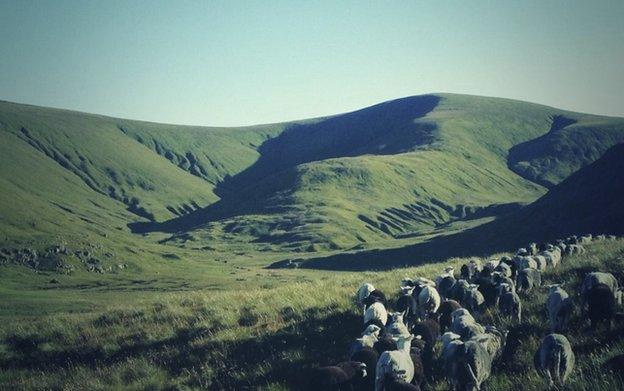
Photos by James Rebanks
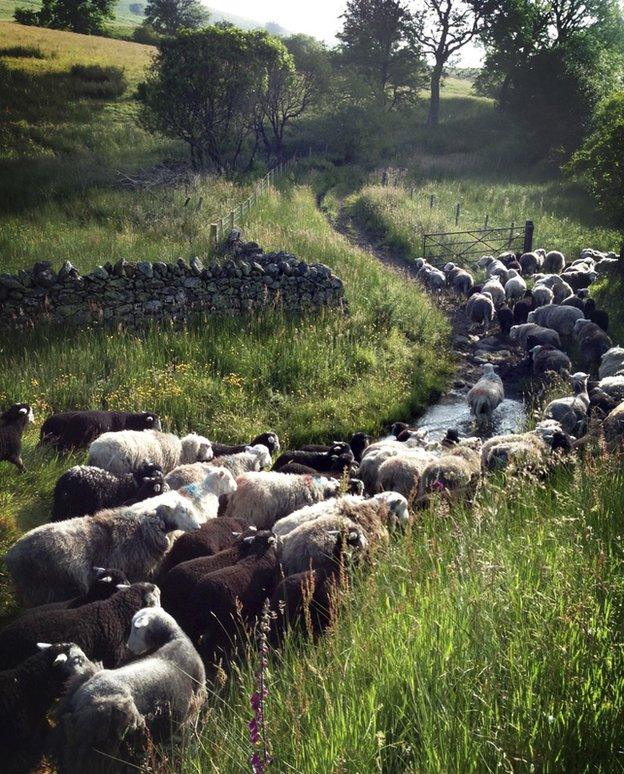
I started tweeting about three years ago, initially as an experiment to see if anyone was interested. It quickly became clear that they were in large numbers. I have written poems and journalism for more than 15 years, and realised that this was a good way to be creative with pictures and words about our way of life. We now have 44,000 followers and some recent video clips of our puppies were viewed 600,000 times.
The Lake District is the UK's nominated site for World Heritage status in 2016-17 - its unique pastoral farming system is a key part of its historic significance. It is one of the world's most amazing surviving historic farming landscapes.
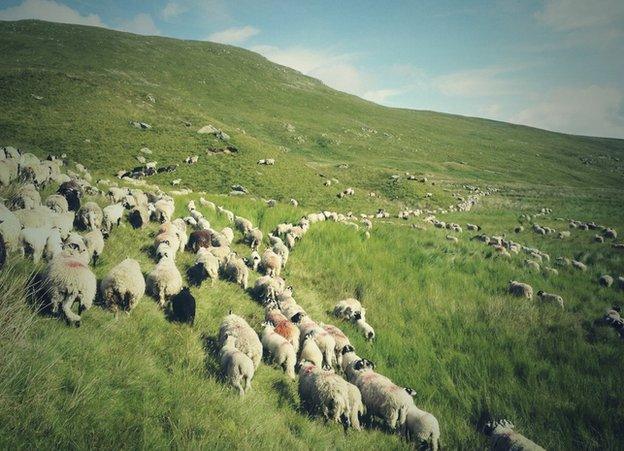
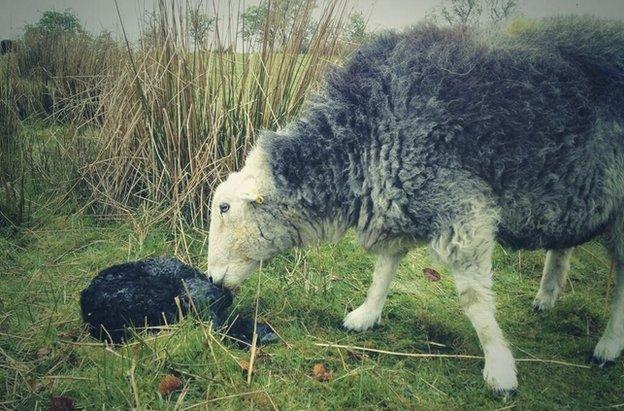
The children's author Beatrix Potter left 15 farms and 4,000 acres in her will to the National Trust and specified the need to protect and sustain the traditional Herdwick farming system. The trust owns many thousands of sheep in its landlord's flocks and they are taken on by the tenants of their farms.
Herdwick sheep are native to the Lake District. There are about 50,000 breeding females, but the number is declining due to environmental schemes - 95% of them live in a 20-mile radius of each other. They are classed as "at risk" because of the threats to them.
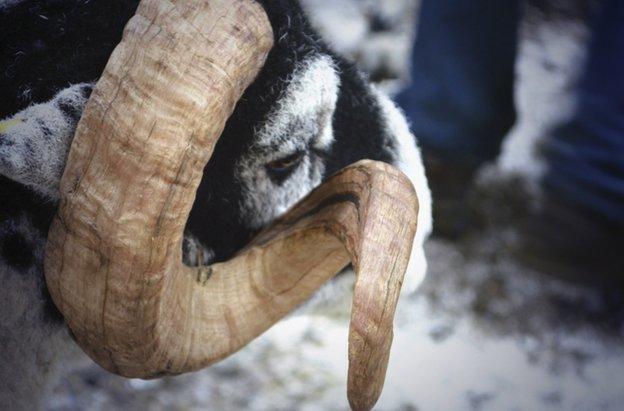
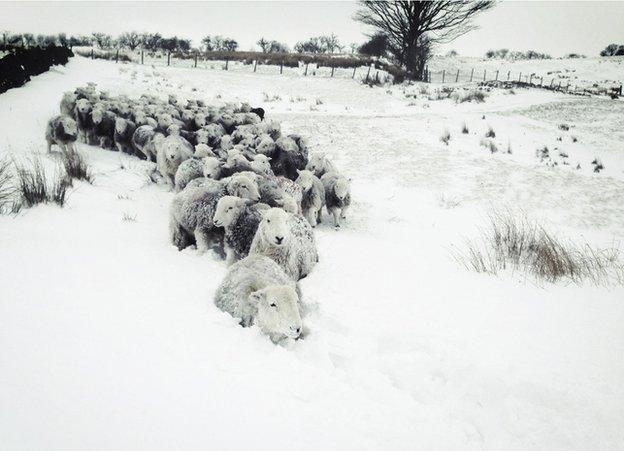
Herdwick sheep are "hefted", which means they hold without fences to a place on the fell, or hill or mountain, because they are taught a sense of belonging by their mothers in their first summer. This stretches back countless centuries and has never been broken.
DNA analysis suggests that Herdwick sheep really did come by boat with the Vikings a thousand or more years ago. Their closest relatives live far to the north.

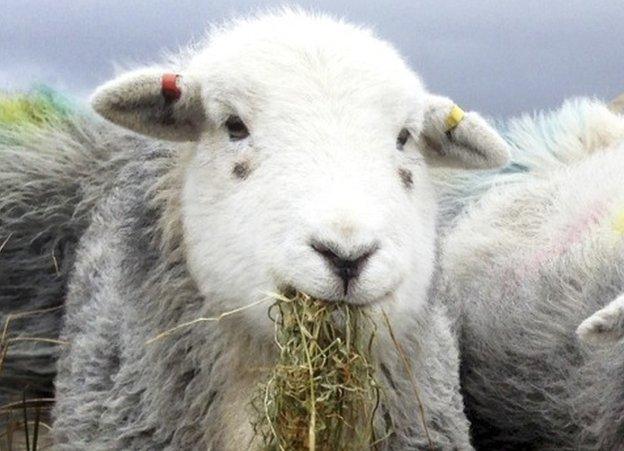
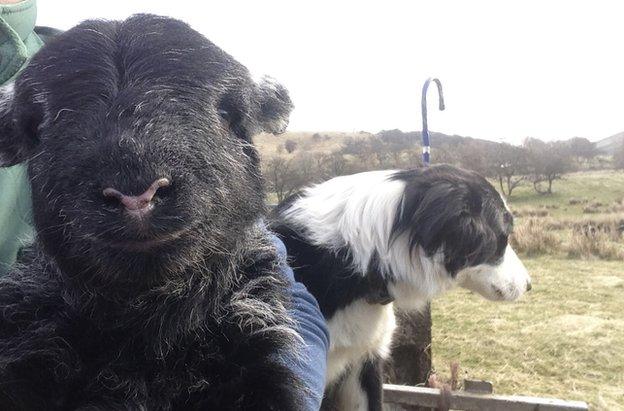
Because flocks graze the fells together a system of lug (ear) and smit (body) marks has evolved to identify the sheep, and these are captured in the Lake District Shepherd's Guide which has been published for more than 200 years. Similar systems exist for reindeer herders in Norway and Sweden.
The average income of a Lake District fell farmer is £8,500, according to figures from Newcastle University. Lambs are sold for a quarter of their real price in 1970.
It is a tough way to make a living.


James Rebanks, author of The Shepherd's Life, spoke to Outlook on the BBC World Service. Listen again on iPlayer or get the Outlook podcast.
Book of the Week: The Shepherd's Life
Subscribe to the BBC News Magazine's email newsletter, external to get articles sent to your inbox.